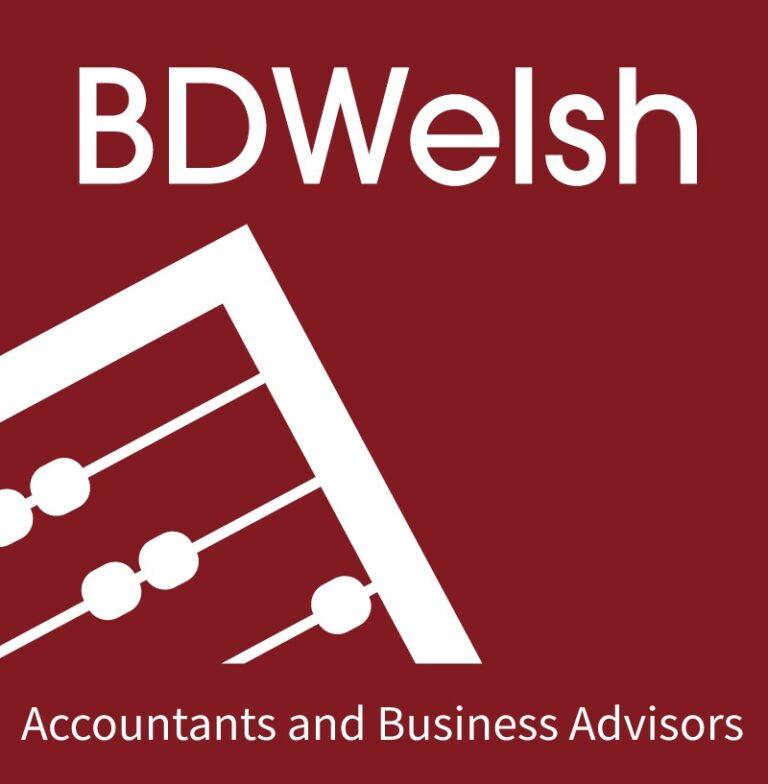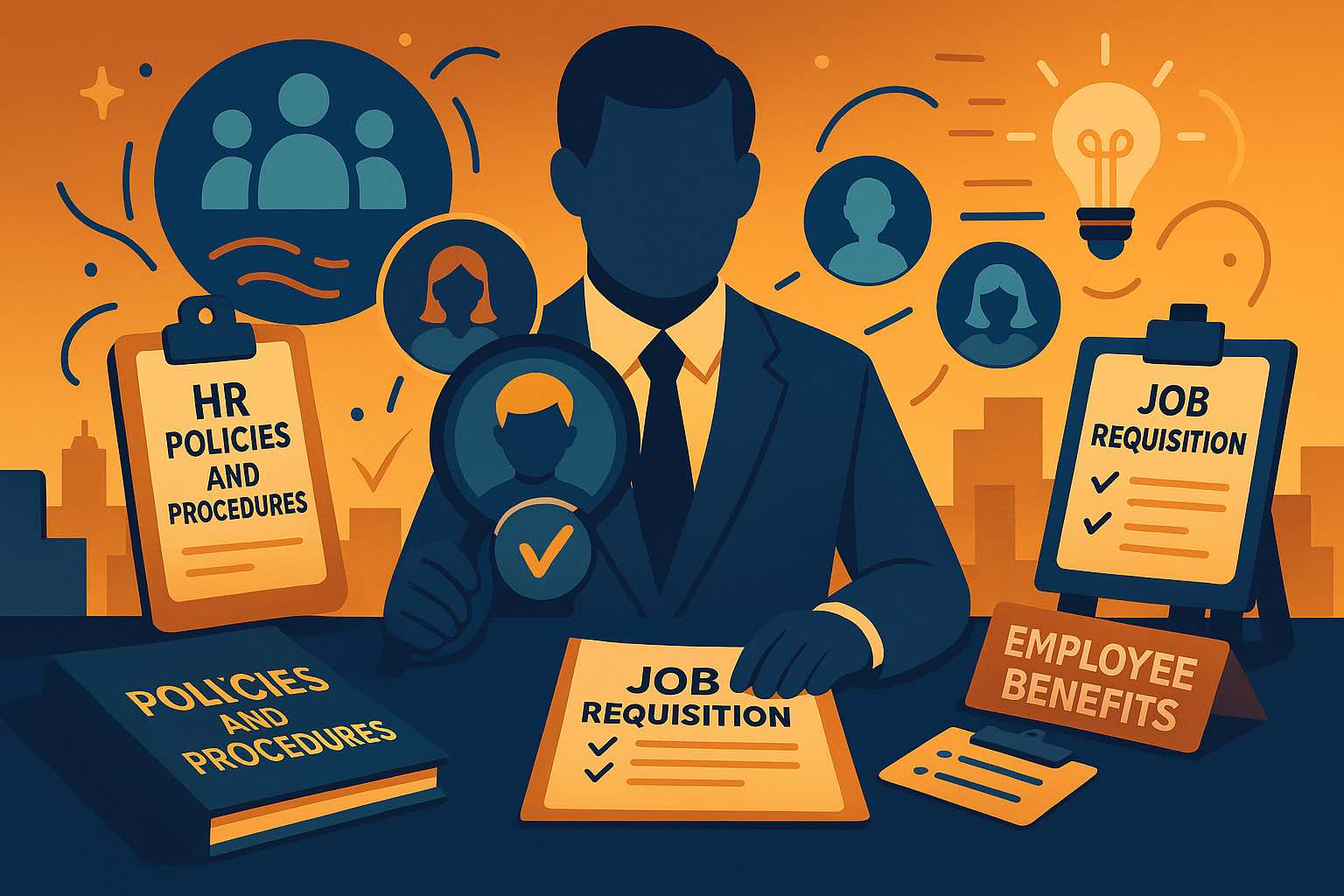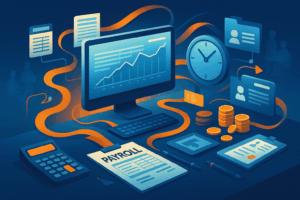Talent Acquisition in Australia: Essential Guide for Recruitment
Talent acquisition means finding, attracting, and hiring the right people to help your organisation grow in today’s competitive Australian market. When you recruit effectively, you fill key roles with candidates who match your company’s values and business goals.
In Australia, talent acquisition isn’t just about posting job ads. You need to know what makes your organisation unique, set up clear processes to evaluate talent, and keep up with local workplace rules, like those from the Fair Work Ombudsman.
Using smart strategies and the right tech gives you access to a bigger talent pool and helps you adapt—whether you run an established company or you’re new to the Australian market.
That’s substantial.
Key Takeaways
Talent acquisition is more than traditional recruitment.
Australian businesses need clear processes and must follow local regulations.
Good strategies and technology improve hiring and help your business grow.
Key Elements of Successful Talent Acquisition in the Australian Market
Building a strong talent acquisition strategy in Australia means thinking about both your current and future hiring needs. When you understand your workforce gaps, you can target the right skills and plan ahead.
Workforce planning should come first. Map out which roles you need for short- and long-term growth. Use data on staff turnover, industry trends, and expected business changes. For practical tips, check the Fair Work Ombudsman’s Hiring Employees page.
Consider this carefully.
Attracting top talent needs a proactive approach. Write clear job descriptions, standardise your selection process, and use several channels to find a diverse range of candidates. Try professional networks, job boards, and employee referrals.
According to the Australian HR Institute’s 2024 Talent Acquisition Report, organisations that implement structured talent acquisition processes are 2.5 times more likely to report high-quality hires compared to those using ad-hoc recruitment methods.
Worth noting.
Onboarding and integration are just as important as the initial hire. A structured onboarding process can really boost retention in the first year. Make sure new hires feel supported and understand your business’s values and expectations.
Comparison Table: Talent Acquisition Tools
| Tool Type | Purpose | Example Use |
|---|---|---|
| Job Boards | Advertise positions | Seek, Indeed |
| Recruitment Agencies | Find specialised roles | Niche skills |
| Referral Programs | Use existing employees’ networks | Faster hiring |
Always review award coverage and legal requirements for each role.
Not all positions receive the same coverage.
Check skills, duties, and industry fit with the Fair Work Ombudsman’s Award coverage for recruitment consultants resource.
Measure your talent acquisition strategies regularly. Track time-to-hire, cost-per-hire, and new hire performance. Use what you learn to improve your approach and support steady business growth.
Simple as that.
How to Develop and Implement a Talent Acquisition Process in Australia
Start by defining clear job descriptions and the skills you need. This helps you narrow down applicants and attract candidates who fit your business. Use plain, direct language in your ads—nobody likes confusion.
Concrete language works best.
Set up a structured hiring process. Advertise job roles, screen applications, run interviews, and make job offers. The Fair Work Ombudsman suggests outlining each step to stay organised and follow Australian law.
Key steps in the hiring process:
Advertise the position (online job boards, company website).
Screen and shortlist applicants.
Interview candidates (in person or virtually).
Check references and verify credentials.
Make an employment offer and provide a contract.
Recent data from the Australian Bureau of Statistics shows that businesses taking 45 days or longer to hire experience a 35% higher turnover rate within the first six months.
Speed matters.
Keep the candidate experience positive. Clear communication about timelines and outcomes helps your company stand out in a crowded job market.
Think about it.
A comparison of talent acquisition tools commonly used in Australia:
| Tool Type | Main Benefit | Common Use Case |
|---|---|---|
| Online Job Boards | Wide reach | Finding entry-level roles |
| Recruitment Agencies | Specialised search | Filling executive positions |
| Social Media | Employer branding | Attracting passive candidates |
Review your process often. Ask new hires for feedback about their experience. Tweak steps to improve the speed and quality of hires. If you want more details, check out step-by-step guides at business.gov.au.
Continuous improvement pays off.
When International Businesses Should Adapt Their Talent Acquisition for Australia
International businesses need to adapt their recruitment strategy when entering the Australian market. Hiring practices, workplace expectations, and legal frameworks can be quite different from what you’re used to in the US, Europe, or Asia.
Consider changing your approach in these situations:
When roles need knowledge of Australian regulations and standards.
If you’re targeting industries like healthcare, mining, or technology.
When compliance with local employment laws is a must.
To reflect Australia’s diverse and inclusive workforce values.
Remote work is huge in Australia. In 2025, more than 83% of businesses expect to hire over 60% of staff remotely. Want to see the numbers? Check out this survey. Adjust your hiring strategies for remote onboarding and flexible job design.
This varies significantly by industry and region.
Key differences to address:
| Factor | Australia | Other Markets |
|---|---|---|
| Hiring Process | Focus on equal opportunity and fair work | Varies by region |
| Work Rights & Visas | Clear legal requirements, compliance is strict | Often flexible |
| Diversity Focus | High value on inclusivity and diversity | Varies |
| Remote Work Trends | Very common and expected in many industries | Gaining traction |
Step-by-step for localising your recruitment strategy:
- Review legal requirements: Check the Fair Work Ombudsman for award conditions and contracts.
- Consult local HR partners: They know the market and cultural factors.
- Adapt sourcing channels: Use platforms popular with Australian talent.
- Prioritise remote readiness: Make sure your policies and systems support distributed teams.
- Promote your local brand: Show you value Australian workforce culture and growth.
Stay tuned as the labour market changes.
Adapt continuously.
If you focus on dynamic, inclusive strategies, you’ll be better placed for long-term success in Australia’s evolving landscape.
Best Practices: Talent Acquisition Strategies and Technologies for Australia
If you want to attract top talent in Australia, you’ll need both proven strategies and new tech. A strong employer brand and a positive candidate experience are essential.
Highlight your organisation’s values, culture, and benefits in job ads and on your careers page. When you clearly communicate your employee offering, you’ll see more interest from qualified candidates.
Successful talent acquisition requires persistence.
Mix technology with human interaction for sourcing and assessment. Try these tools:
Applicant Tracking Systems (ATS): Streamline applications and reporting.
Video Interview Platforms: Cut down time-to-hire and travel costs.
Data Analytics: Use recruitment data to improve your hiring process.
Online Skills Assessments: Check candidate abilities before moving forward.
Research by Deloitte Australia found that organisations using data analytics in their talent acquisition process reduced time-to-hire by 17-26% and improved first-year retention by up to 13%.
Numbers don’t lie.
Here’s a quick look at common strategies:
| Strategy | Pros | Challenges |
|---|---|---|
| Building an employer brand | Attracts top talent; lowers turnover | Needs consistency and investment |
| Automated screening | Saves time; finds strong matches quickly | May miss softer skills or potential |
| Social recruiting | Reaches passive candidates; broadens network | Requires regular engagement |
| Structured interviews | Improves fairness; higher hiring accuracy | Takes time to standardise |
Take action by updating your ATS, running digital ad campaigns, and using data analytics to track results. You’ll save time and improve quality.
Keep up with award coverage and employment regulations—recruitment consultants, for example, fall under the Labour Market Assistance Award. Staying compliant is a must.
Frequently Asked Questions About Talent Acquisition
Australian businesses face unique challenges when searching for the right talent. Using local insights, practical methods, and technology can help you attract and keep skilled workers in any market.
What defines a successful talent acquisition strategy for Australian businesses?
A strong strategy connects your business goals with future workforce needs. Focus on workforce planning, employer branding, and diversity targets that match the Australian job market.
Check Fair Work requirements and employment laws closely. Keep analysing your hiring results—look at time-to-hire, candidate quality, and retention rates to keep improving.
Context matters.
How does talent acquisition differ from recruitment in practical terms?
Talent acquisition takes a long-term approach to building the workforce. Recruitment, on the other hand, fills current vacancies as they pop up.
Talent acquisition means you’re always sourcing, building candidate pipelines, and connecting with people—even before jobs exist. You use data and talent mapping to anticipate future needs instead of just reacting to what’s urgent right now.
| Aspect | Talent Acquisition | Recruitment |
|---|---|---|
| Focus | Long-term strategy | Short-term needs |
| Activities | Sourcing, pipelining, branding | Interviewing, selection |
| Timeframe | Ongoing | As needed |
What key qualifications and skills should a talent acquisition specialist possess?
A good talent acquisition specialist brings experience in sourcing, interviewing, and workforce planning. You really need strong communication and negotiation skills to stand out.
It helps to know Australian employment laws and Fair Work regulations. If you’re familiar with applicant tracking systems and can handle a bit of data analysis to track success, you’re in a great spot.
According to the Australian HR Institute, the most in-demand skills for talent acquisition specialists in 2025 include data analysis, employer brand management, and DEI (diversity, equity and inclusion) expertise.
What are effective techniques for talent acquisition in competitive Australian job markets?
In high-demand industries, you’ve got to build a memorable employer brand and offer attractive pay and benefits. Targeted social media ads, employee referral programs, and partnerships with universities or training groups can make a difference.
Fast, respectful communication with candidates goes a long way. Don’t forget—flexible work options can really widen your talent pool.
Flexibility is key.
How do you measure the ROI of talent acquisition activities?
Track both costs and outcomes. Focus on metrics like cost-per-hire, time-to-hire, retention rates after 12 months, and candidate quality scores.
Set clear targets for each one, then compare your results to Australian industry averages. For example, the average cost-per-hire in Australia ranges from $6,000-$15,000 depending on seniority and industry, while average time-to-hire ranges from 30-45 days across sectors.
Check your data every quarter and tweak your approach as needed.
What role does technology play in modernising the talent acquisition process?
Modern talent acquisition leans heavily on technology—think applicant tracking systems, digital assessments, and automated messages. These tools speed things up and help cut down on mistakes.
They also make the whole experience smoother for candidates. Online platforms open doors to wider talent pools and handle a lot of the screening automatically.
With data analytics, you can spot trends and make smarter hiring choices. These insights also help you meet compliance obligations, as explained on the Fair Work Ombudsman website.
The Australian HR Tech Report 2025 shows that AI-enhanced screening tools can reduce initial candidate evaluation time by up to 75% while improving match quality by 23%.




